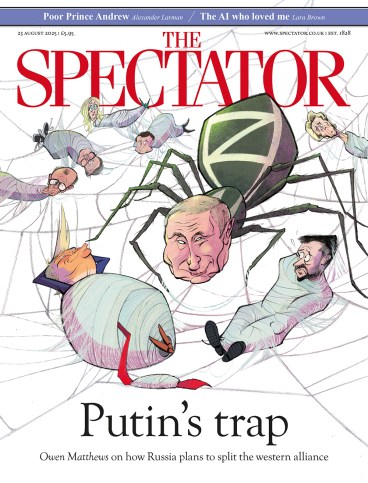
August is always a crap month for exhibitions in London. The collectors are elsewhere, the dealers are presumably hot on their heels, and the galleries are filled with makeweight group shows staged to hold the fort until the end of the holidays. This year, however, even events of that kind are thin on the ground: many establishments have simply shuttered for the month – and given the dire state of the art market, I’m inclined to wonder how many will reopen come September.
The doom-auguring sunflower paintings here would look great on the cover of a Metallica record
Still, I caught the two Anselm Kiefer shows running concurrently. Kiefer famously scandalised West German society with a series of performances in which he had himself photographed giving the Nazi salute in front of various historically loaded monuments. That was in 1969, and he has since become immensely successful and progressively less interesting. I can’t really write about the better exhibition at the Royal Academy, which pairs the German’s work with that of his hero Van Gogh, as the curator is a friend. But in summary: you’ll look at the Dutchman’s paintings afresh, marvelling at the berserk virtuosity of the brushwork; you will also note how big Kiefer’s canvases are.
Over the road at White Cube, however…yikes. Produced on a gargantuan scale, his new paintings retread the old line about the weight of history (lead!) and are packed with withered pastoral imagery and performative Teutonic guilt. Besides this, there are plenty of foreboding inscriptions – some in German, some, alarmingly, in pseudo-Homeric Greek script. The Kiefer of 2025 has a very heavy-metal vibe to him: the doom-auguring sunflower paintings here would look great on the cover of a Metallica record.
Festival accommodation prices banjaxed my ambitions to write about Mike Nelson’s show in Edinburgh, so with less than 24 hours remaining to file this column, I took a train down to Kent to see the latest iteration of the Folkestone Triennial. I confess to a degree of hypocrisy here: 17 months ago, I wrote an article for this magazine complaining about the worldwide proliferation of the art biennale format. There were, I thundered, too many of them, and they should all be avoided for the sake of our collective sanity. Despite taking place every three years, rather than two, the Folkestone Triennial is just such an event.
The difference is that it has a cheery individuality, a limited number of participating artists – there are just 18 showcased here – and clear goals, which it largely achieves. It’s also a great town for an art trail, taking in Notting Hill-style stucco terraces, a nicely redeveloped commercial port, the continuation of the famous White Cliffs and a pretty clear view over to France. Speaking of which: in one of the Martello towers built to repel a Napoleonic invasion, Katie Paterson has created a mini-museum of hand-sculpted little relics created mostly from waste materials. There are Egyptian amulets based on artefacts in the British Museum, hewn from bits of clapped-out circuit boards; tiny talismans pieced together from space junk: that sort of thing. It’s very good.
Most of the exhibits are sculptural pieces commissioned for specific locations, and where possible, they will stay in situ: previous editions of the event have bequeathed the town works including a pair of picturesque little Richard Woods cottages in the harbour, and a lovely Ian Hamilton Finlay text piece on the lighthouse. There’s nothing that great this time, but there are some entertaining contributions.
Laure Prouvost, a French artist who, despite being off-the-scale kooky (and once telling me I looked ‘like a toilet’), is sporadically brilliant, has a typically wonky avian sculpture perched on the harbour arm; at the station, J. Maizlish Mole has installed a tourist map that makes no distinction between contemporary Folkestone and the ruins that may or may not lie beneath it; and way up on the heights, Sara Trillo has scattered a boat-load of fake ruins across a patch of burgeoning vegetation. If they look a bit like ornaments sold at roadside garden centres, I sense that may well be the point.
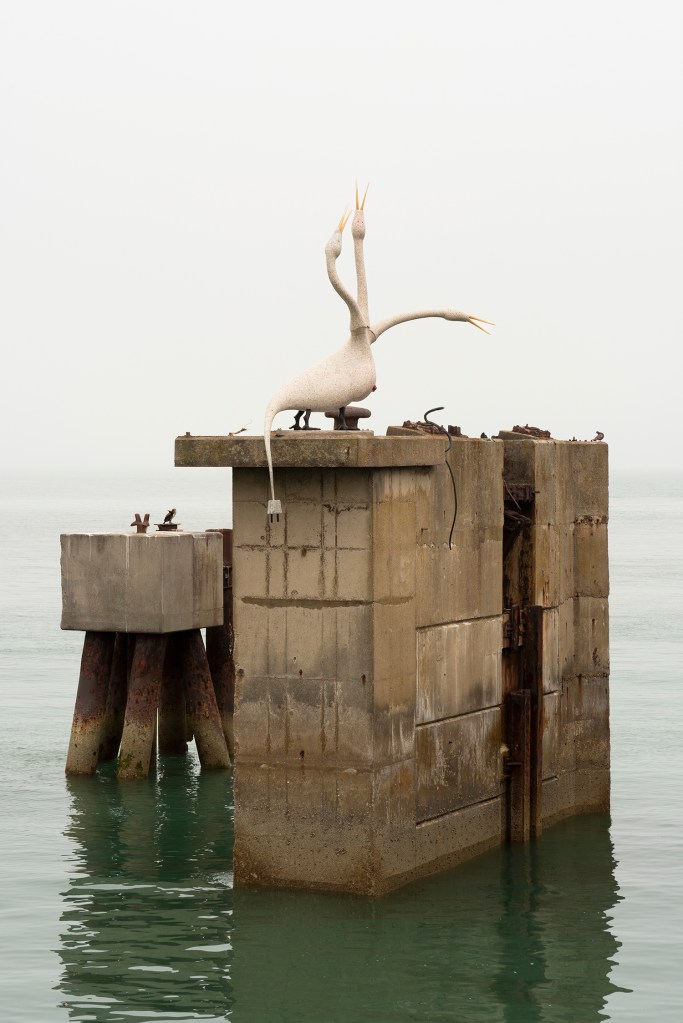
If you were to isolate an adjective to sum it up, the word might well be ‘whacky’ – did I mention that there’s a children’s playground designed by Monster Chetwynd? – but it screeches to a halt just short of twee. And even when it gets a bit morally instructional, as is the case with Dorothy Cross’s sculptural meditation on the migrant crisis, the work is strong enough to bear the load. Look, it’s not a seismic cultural happening, but it’s almost certainly a better use of funds than building a mediocre contemporary art museum that nobody really likes. It’s fun, it’s thoughtful, and people seem to love it. It also leaves the town with a visible legacy of its presence. And that, I reckon, is a biennale model worth emulating.
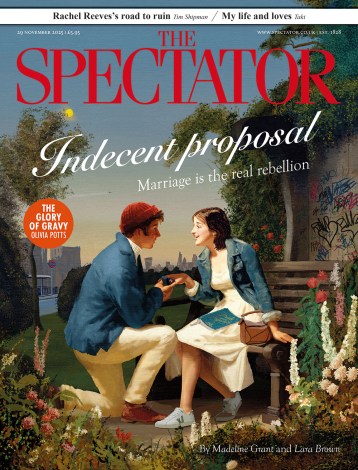
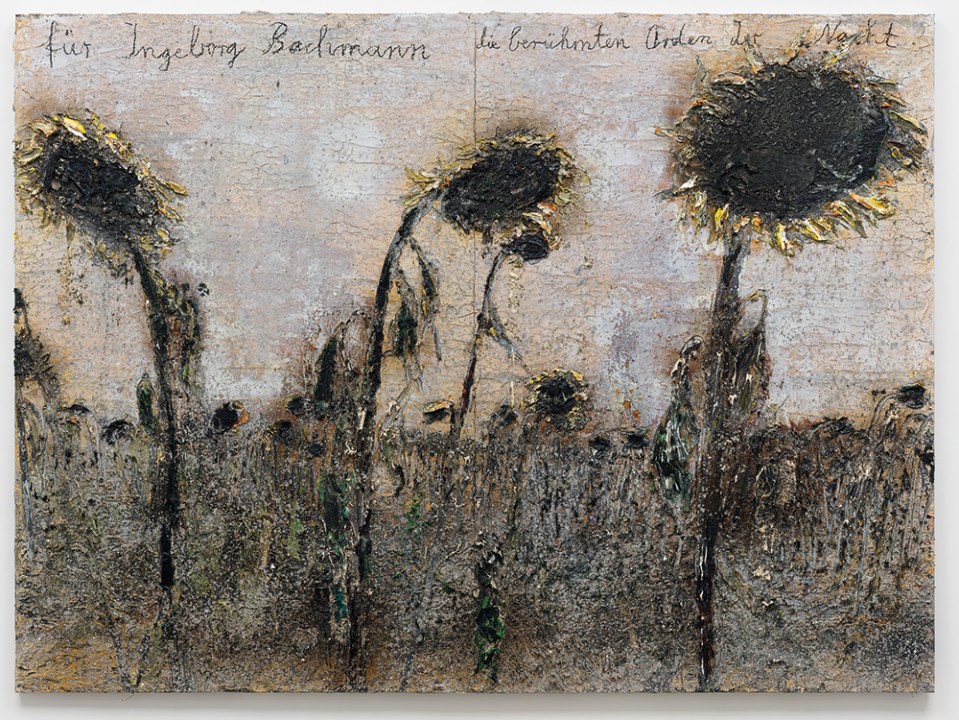
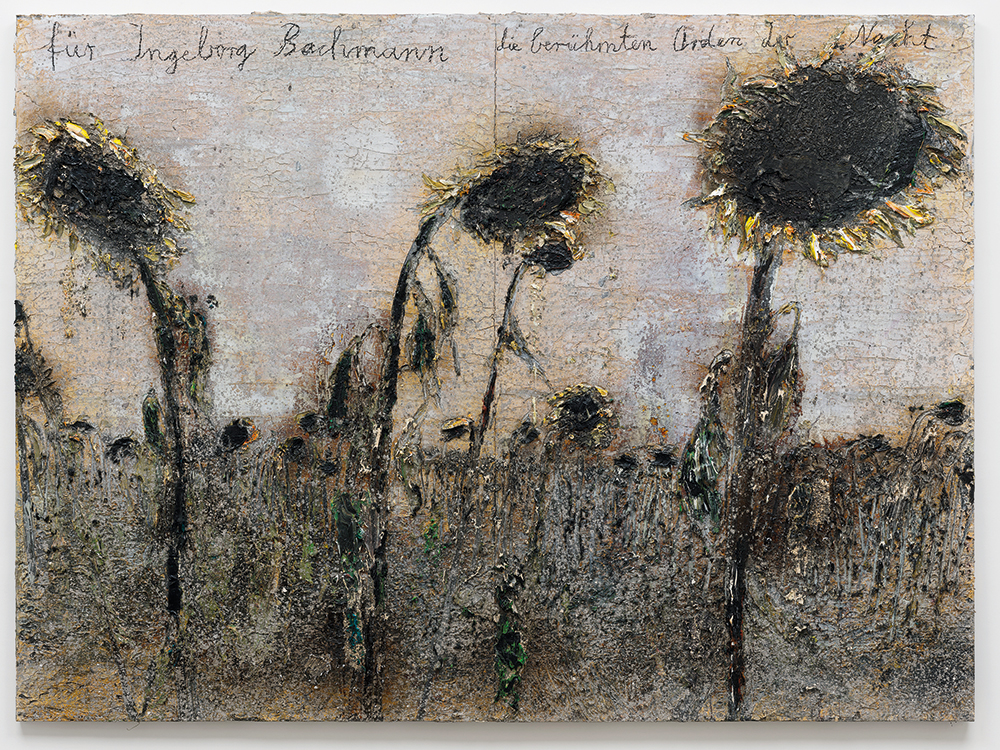
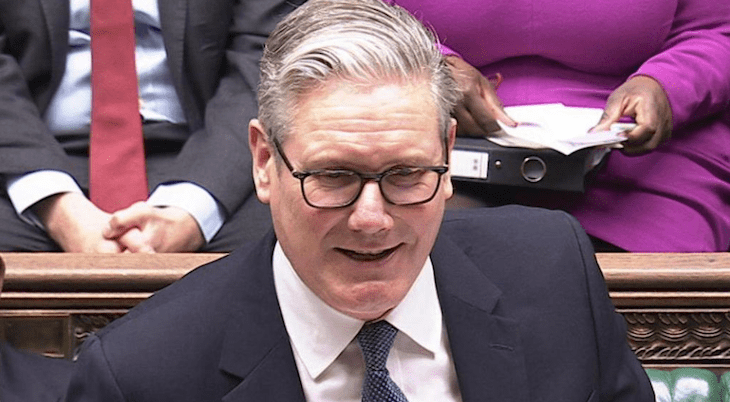




Comments